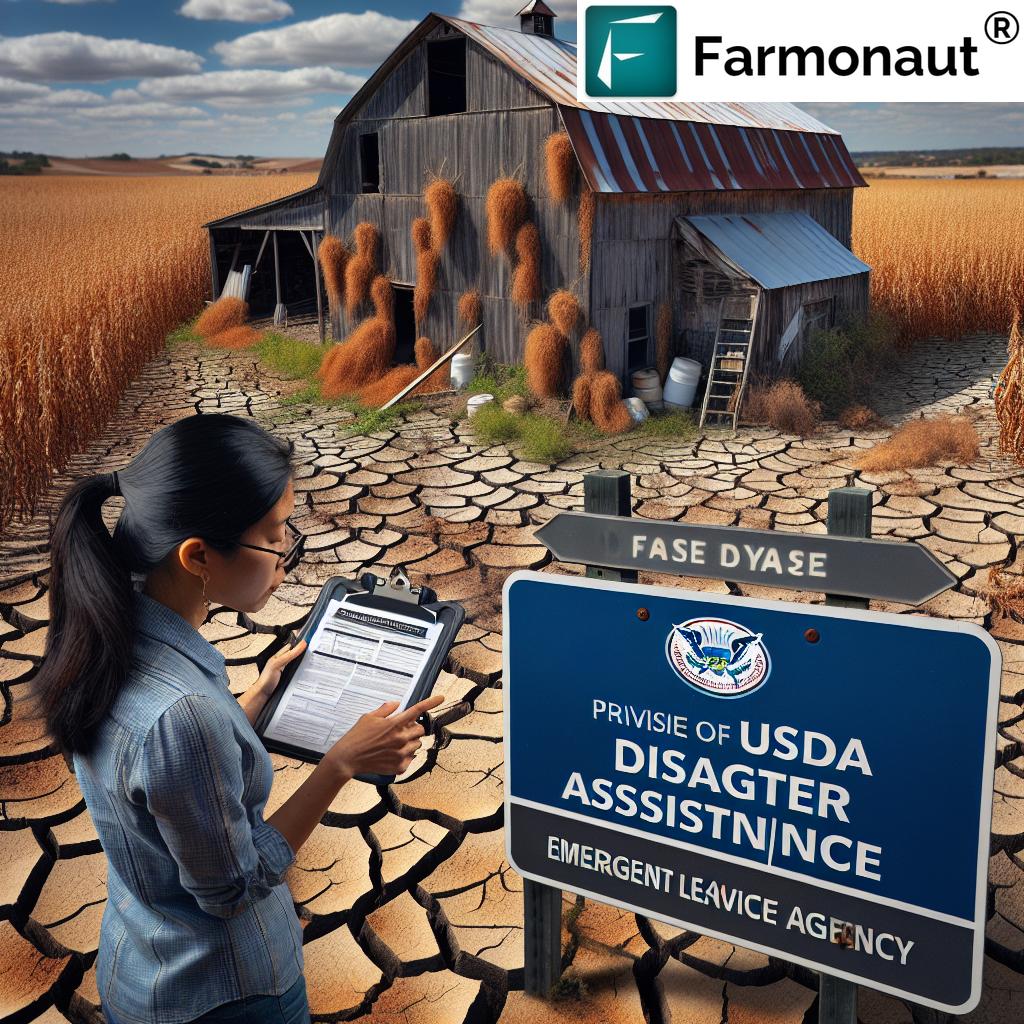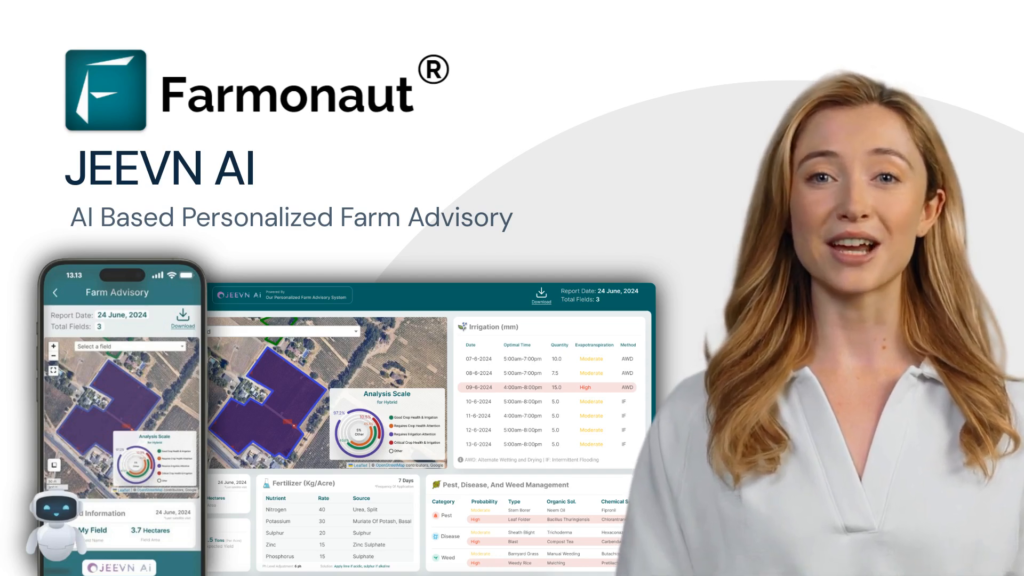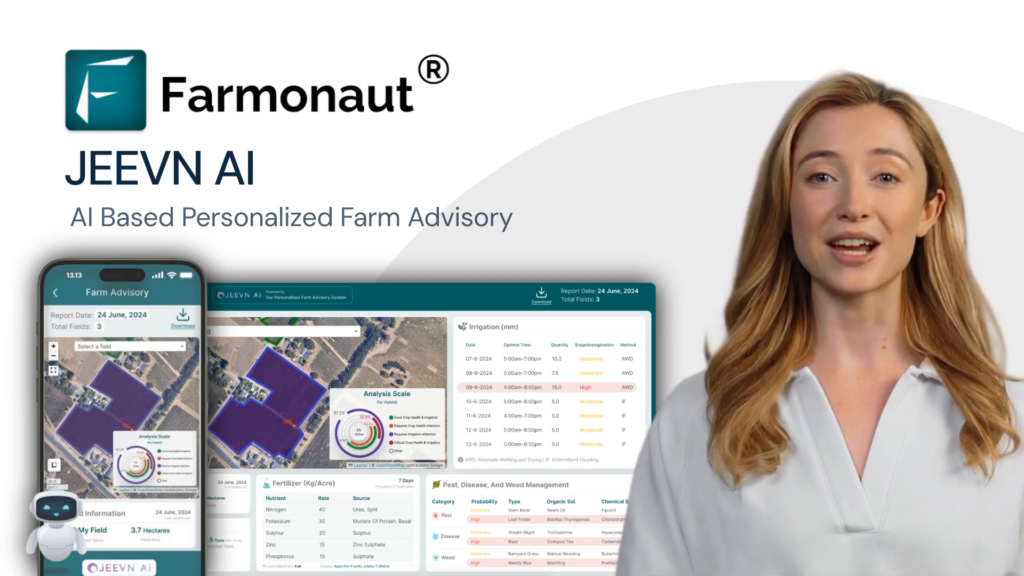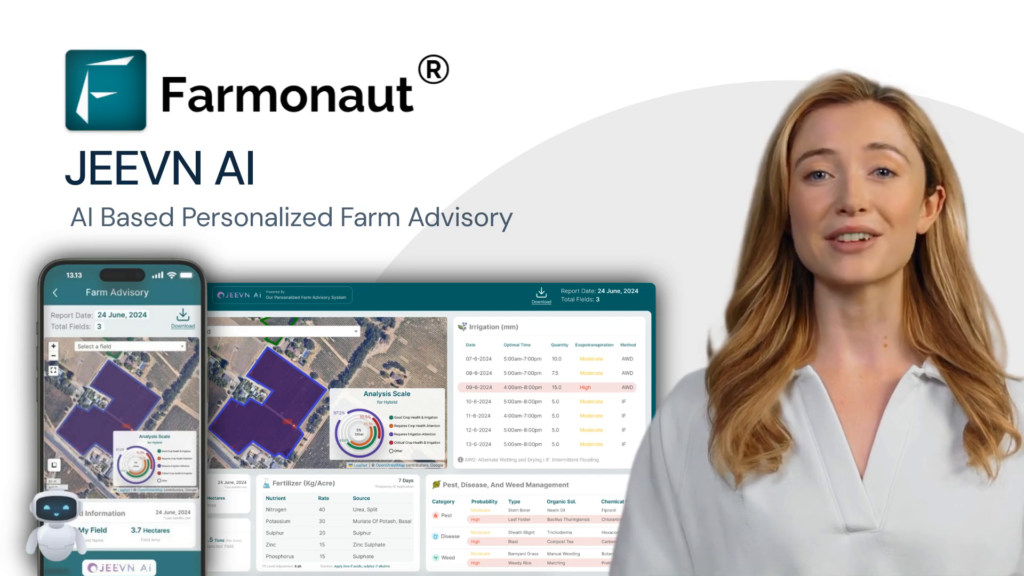USDA Disaster Assistance: Essential Guide for Maryland Farmers Facing Drought and Heat Challenges
“USDA disaster assistance covers 8+ Maryland counties and neighboring states, highlighting widespread agricultural challenges.”
As we navigate the increasingly complex landscape of agriculture in Maryland, we find ourselves at a critical juncture where extreme weather conditions are posing significant challenges to our farming community. The recent designation of St. Mary’s County and several other jurisdictions in Maryland as primary natural disaster areas by the U.S. Department of Agriculture (USDA) underscores the severity of the situation. In this comprehensive guide, we’ll explore the USDA disaster assistance programs available to Maryland farmers, providing crucial information on how to access and utilize these resources effectively.
Understanding the USDA Disaster Designation
The USDA’s recent action recognizes the severe impact of drought and excessive heat experienced between June 22 and October 22, 2024. This designation opens the door for eligible farmers and agricultural producers in St. Mary’s County to apply for emergency loans through the USDA Farm Service Agency (FSA). These loans can be a lifeline for farmers struggling to recover from the adverse effects of extreme weather conditions.

Key Features of USDA Emergency Loans
- Assistance in replacing essential equipment or livestock
- Support for restructuring farming operations
- Options for refinancing certain debts affected by the natural disaster
- Application deadline: September 15, 2025
The FSA will meticulously review loan applications based on several factors:
- The extent of losses incurred
- Available security for the loans
- The applicant’s ability to repay
It’s crucial for farmers to understand that these loans are designed to provide immediate relief and support long-term recovery efforts. By leveraging these resources, Maryland farmers can better position themselves to overcome the current challenges and build resilience for future seasons.
Expanded Eligibility: Beyond St. Mary’s County
While St. Mary’s County is at the center of this designation, the USDA’s support extends far beyond its borders. Other Maryland counties that have received similar disaster area status include:
- Anne Arundel
- Baltimore
- Calvert
- Charles
- Dorchester
- Harford
- Prince George’s
Moreover, the assistance network reaches across state lines, encompassing parts of Delaware, the District of Columbia, Pennsylvania, and Virginia. This broad coverage underscores the widespread impact of the drought and excessive heat on the Mid-Atlantic agricultural sector.
Navigating USDA Resources
For farmers seeking to explore their options and access assistance, the USDA has developed several tools to streamline the process:
- Disaster Assistance Discovery Tool: Available at www.farmers.gov, this tool helps farmers identify which disaster assistance programs best suit their needs.
- Disaster Assistance-at-a-Glance fact sheet: Provides a quick overview of available programs and eligibility criteria.
- Loan Assistance Tool: Guides farmers through the loan application process, helping them understand their options and requirements.
We strongly encourage producers to visit their local USDA Service Center for personalized assistance in filing a Notice of Loss or addressing eligibility questions. These centers are staffed with experts who can provide tailored guidance based on individual circumstances.
USDA Disaster Assistance Programs: A Comprehensive Overview
To help Maryland farmers navigate the various assistance options available, we’ve compiled a detailed comparison of key USDA disaster assistance programs:
| Program Name | Eligibility Criteria | Type of Assistance Offered | Application Deadline | Estimated Funding Amount | Coverage Area |
|---|---|---|---|---|---|
| Emergency Farm Loans | Farmers in designated disaster areas with substantial crop or livestock losses | Low-interest loans for recovery and farm operation expenses | September 15, 2025 | Up to $500,000 | St. Mary’s County and surrounding designated areas |
| Livestock Forage Disaster Program | Livestock producers who have suffered grazing losses due to drought | Financial assistance for grazing losses | 30 days after the end of the calendar year in which the grazing loss occurred | Varies based on livestock numbers and grazing days lost | Drought-affected counties in Maryland |
| Tree Assistance Program | Orchardists and nursery tree growers who have lost trees due to natural disasters | Cost-share assistance for replanting and rehabilitating eligible trees | 90 days after the disaster event or date when the loss is apparent | Up to 75% of the cost of replanting and 50% of the cost of pruning/removal | All eligible counties in Maryland |
| Emergency Conservation Program | Farmers and ranchers with damaged farmland requiring rehabilitation | Cost-share assistance for restoring damaged farmland | Varies; set by FSA county committees | Up to 75% of the cost to implement approved restoration practices | Disaster-affected areas in Maryland |
This table provides a clear overview of the major assistance programs available to Maryland farmers affected by drought and heat. Each program is designed to address specific aspects of agricultural recovery, from immediate financial relief to long-term land rehabilitation.
Climate Change and Agriculture: The Growing Challenge
The current situation in Maryland is not an isolated incident but part of a broader pattern of climate-related challenges facing agriculture worldwide. As we continue to experience more frequent and severe weather events, it’s crucial for farmers to adapt their practices and leverage available resources to build resilience.
“Maryland farmers have a 2-year window until September 15, 2025, to apply for crucial USDA emergency farm loans.”
Some key strategies for adaptation include:
- Implementing drought-resistant crop varieties
- Adopting water-efficient irrigation systems
- Exploring alternative farming methods such as agroforestry or regenerative agriculture
- Utilizing technology for precise weather forecasting and crop monitoring
In this context, innovative solutions like those offered by Farmonaut can play a crucial role in helping farmers make informed decisions. Farmonaut’s satellite-based crop monitoring services provide valuable insights that can complement USDA assistance programs, enabling farmers to optimize their recovery efforts and improve long-term sustainability.
Leveraging Technology in Agricultural Recovery
As we navigate these challenging times, it’s essential to embrace technological advancements that can aid in agricultural recovery and resilience. Satellite-based monitoring systems, like those provided by Farmonaut, offer several benefits:
- Real-time crop health assessment
- Early detection of stress factors such as drought or pest infestations
- Optimized resource allocation for irrigation and fertilization
- Data-driven decision-making for crop management
By integrating these technologies with USDA disaster assistance programs, Maryland farmers can create a more comprehensive approach to recovery and future-proofing their operations.
Steps to Apply for USDA Disaster Assistance
For Maryland farmers looking to access USDA disaster assistance, here’s a step-by-step guide:
- Assess Your Losses: Document all crop and livestock losses thoroughly.
- Check Eligibility: Use the Disaster Assistance Discovery Tool to determine which programs you qualify for.
- Gather Required Documents: Prepare financial records, proof of loss, and other necessary paperwork.
- Contact Your Local FSA Office: Schedule an appointment to discuss your situation and begin the application process.
- Complete Application Forms: Fill out all required forms accurately and completely.
- Submit Additional Information: Provide any additional documentation requested by the FSA.
- Follow Up: Stay in contact with your FSA representative throughout the process.
Remember, the deadline for emergency loan applications is September 15, 2025, but it’s advisable to start the process as soon as possible to ensure timely assistance.
Maximizing the Impact of Disaster Assistance
While USDA disaster assistance provides crucial support, it’s important for farmers to leverage these resources effectively for long-term sustainability. Here are some strategies to maximize the impact of disaster assistance:
- Develop a Recovery Plan: Create a comprehensive plan that outlines how you’ll use the assistance to recover and improve your farm’s resilience.
- Invest in Risk Mitigation: Use funds to implement measures that will protect your farm against future disasters, such as improved irrigation systems or resilient crop varieties.
- Explore Complementary Programs: Look into state and local programs that can supplement USDA assistance.
- Seek Financial Advice: Consult with agricultural financial experts to ensure optimal use of funds and explore additional financing options if needed.
- Embrace Technology: Consider investing in technologies like Farmonaut’s satellite-based monitoring to enhance decision-making and resource management.
Explore Farmonaut’s API for advanced agricultural insights
Community Support and Resources
In times of agricultural crisis, community support can be invaluable. We encourage Maryland farmers to:
- Connect with local farming associations for peer support and shared resources
- Attend workshops and seminars on disaster recovery and resilient farming practices
- Collaborate with neighboring farms to share equipment or labor during recovery
- Engage with agricultural extension services for expert advice and resources
Remember, you’re not alone in this challenge. The agricultural community in Maryland is strong and resilient, with a wealth of knowledge and resources to share.
Looking Ahead: Building a Resilient Agricultural Future
As we work through the immediate challenges posed by drought and excessive heat, it’s crucial to keep an eye on the future. Building a resilient agricultural sector in Maryland will require a multi-faceted approach:
- Diversification: Explore crop and livestock varieties that are better suited to changing climate conditions.
- Soil Health: Implement practices that improve soil structure and water retention capabilities.
- Water Management: Invest in efficient irrigation systems and water conservation techniques.
- Technology Adoption: Embrace precision agriculture tools and data-driven decision-making processes.
- Continuous Learning: Stay informed about emerging agricultural technologies and practices through ongoing education and training.
By combining USDA disaster assistance with forward-thinking strategies and innovative technologies, Maryland farmers can not only recover from current challenges but also build a more sustainable and resilient agricultural sector for the future.
Access Farmonaut’s API Developer Docs for integration insights
Frequently Asked Questions (FAQ)
Q1: How long do I have to apply for USDA emergency loans?
A1: The deadline for USDA emergency loan applications is September 15, 2025. However, we recommend applying as soon as possible to ensure timely processing and assistance.
Q2: Can I apply for multiple USDA disaster assistance programs?
A2: Yes, you may be eligible for multiple programs depending on your specific situation. Use the Disaster Assistance Discovery Tool to identify all programs you may qualify for.
Q3: What if my farm is not in St. Mary’s County but I’ve experienced similar drought conditions?
A3: The disaster designation covers multiple counties in Maryland and neighboring states. Check with your local FSA office to confirm if your area is included in the disaster declaration.
Q4: How can technology like Farmonaut’s satellite monitoring help in disaster recovery?
A4: Satellite monitoring can provide valuable insights into crop health, soil moisture levels, and overall farm conditions. This data can help you make informed decisions about resource allocation and recovery strategies.
Q5: Are there any resources available for emotional support during this challenging time?
A5: Yes, the USDA partners with various organizations to provide mental health resources for farmers. Contact your local FSA office for information on available support services.
Conclusion
The challenges faced by Maryland farmers due to drought and excessive heat are significant, but not insurmountable. With the USDA disaster assistance programs, community support, and innovative technologies at our disposal, we have the tools to recover and build a more resilient agricultural sector.
We encourage all eligible farmers to take full advantage of the USDA disaster assistance programs and to explore complementary resources like Farmonaut’s satellite-based monitoring services. By combining financial support with data-driven insights, we can navigate these challenges more effectively and emerge stronger.
Remember, the deadline for emergency loan applications is September 15, 2025, but the sooner you start the process, the better positioned you’ll be for recovery and future success. Let’s work together to ensure a thriving agricultural future for Maryland.
Additional Resources
To further assist Maryland farmers in accessing crucial tools and information, we’ve compiled a list of valuable resources:
Earn With Farmonaut: Affiliate Program
Earn 20% recurring commission with Farmonaut’s affiliate program by sharing your promo code and helping farmers save 10%. Onboard 10 Elite farmers monthly to earn a minimum of $148,000 annually—start now and grow your income!
Farmonaut Subscriptions
By leveraging these resources and staying informed about available assistance programs, Maryland farmers can navigate the current challenges and build a more resilient future for their operations. Remember, the agricultural community is strong when we work together and utilize all available tools and support systems.















